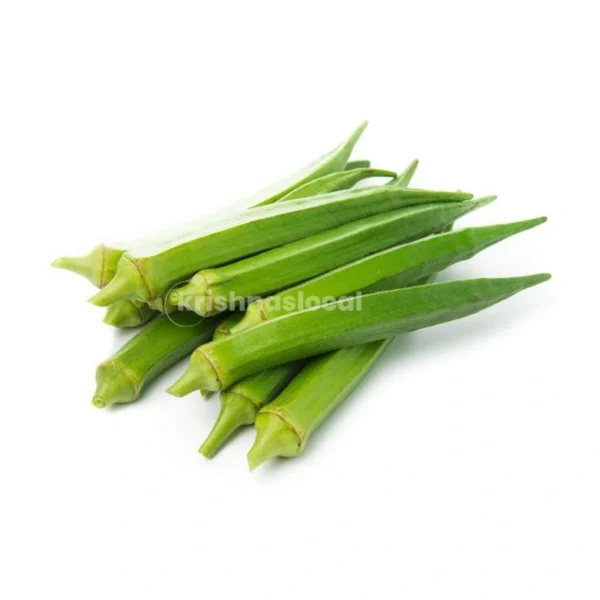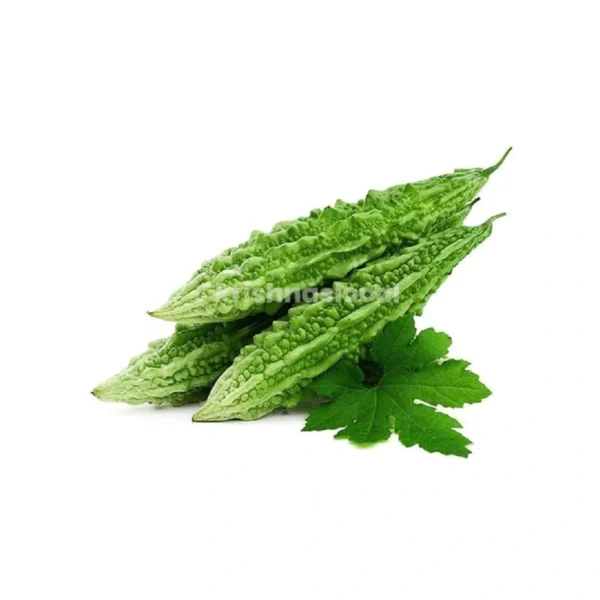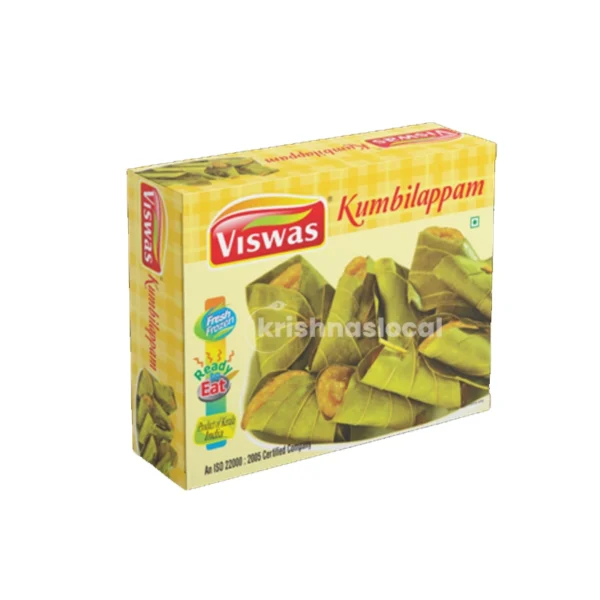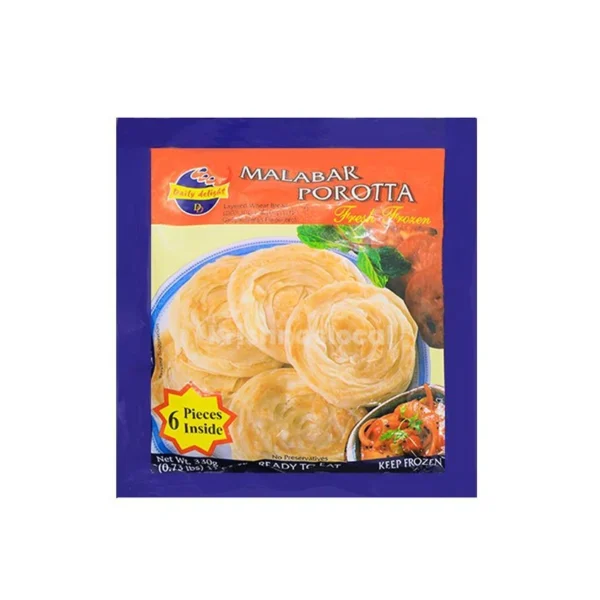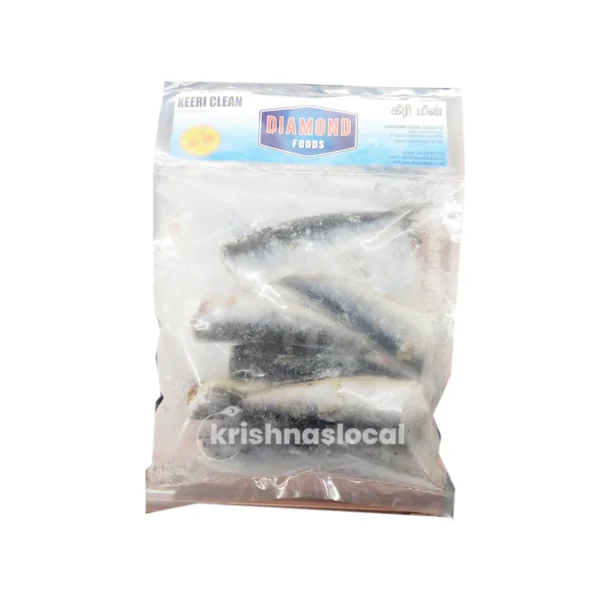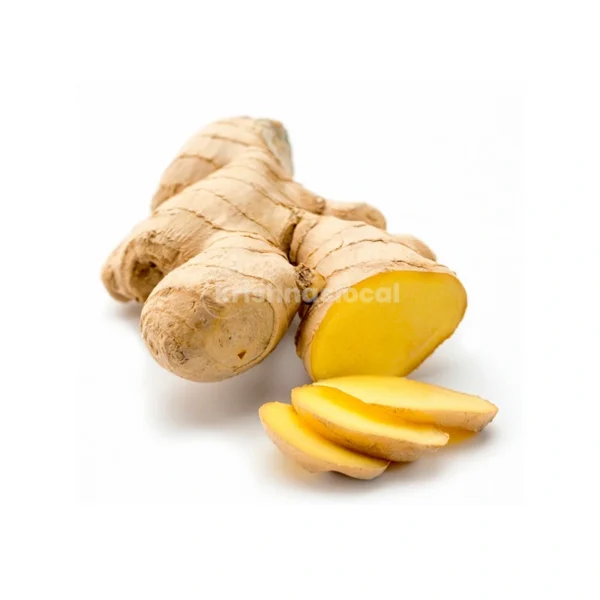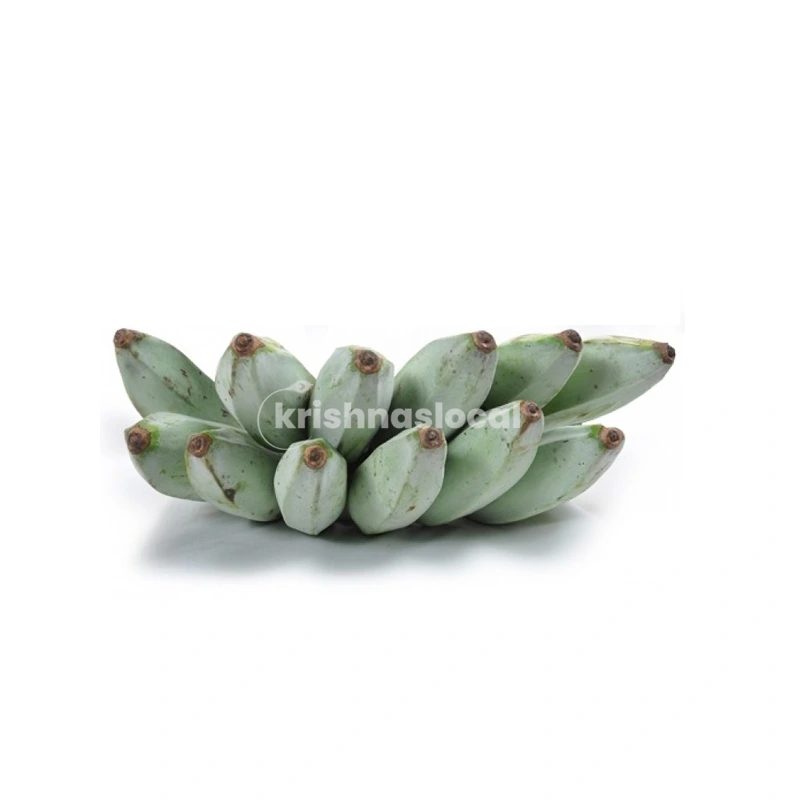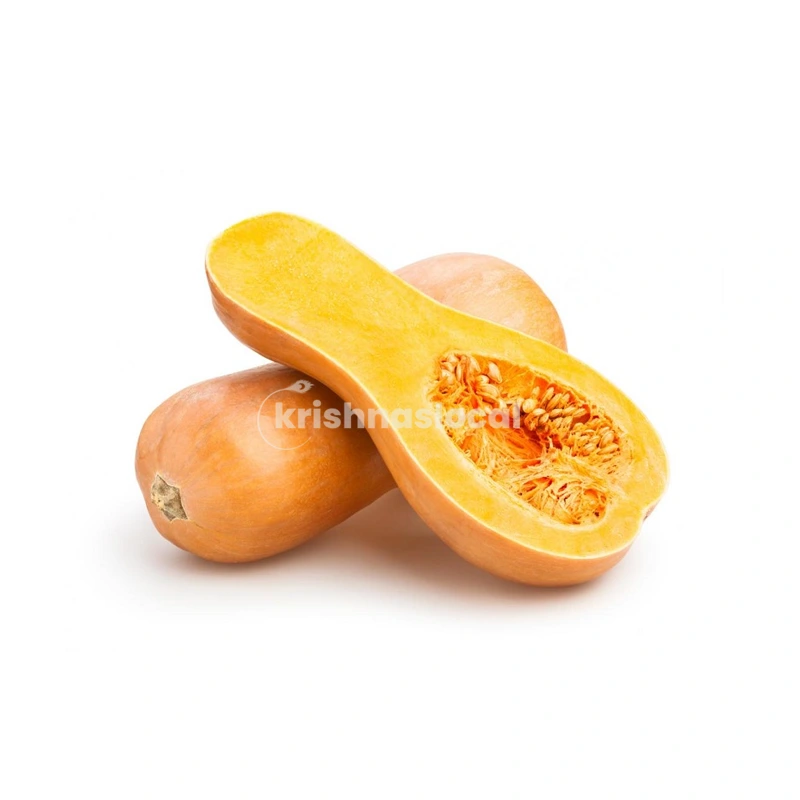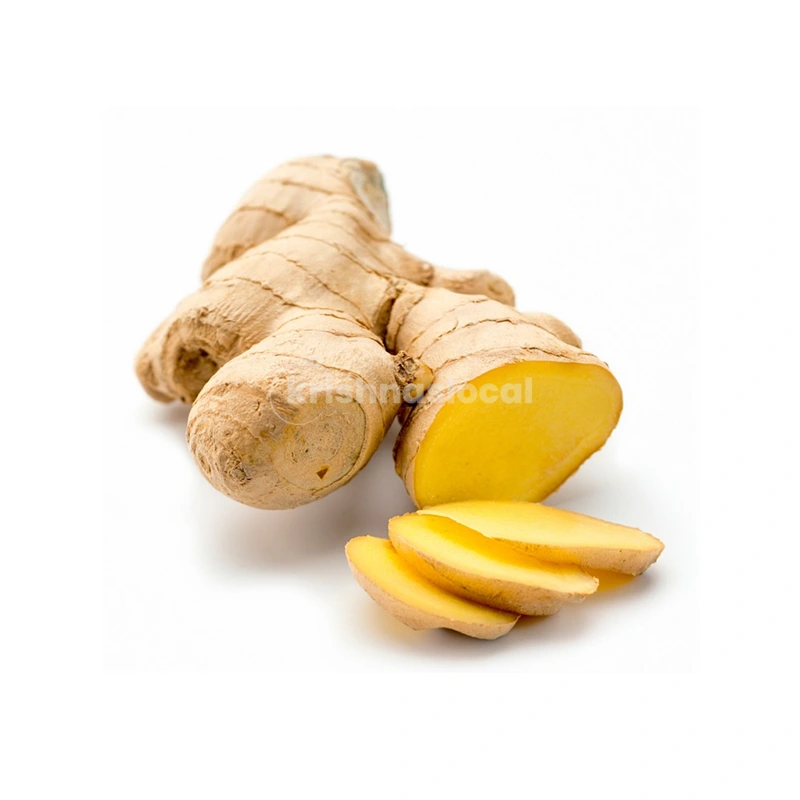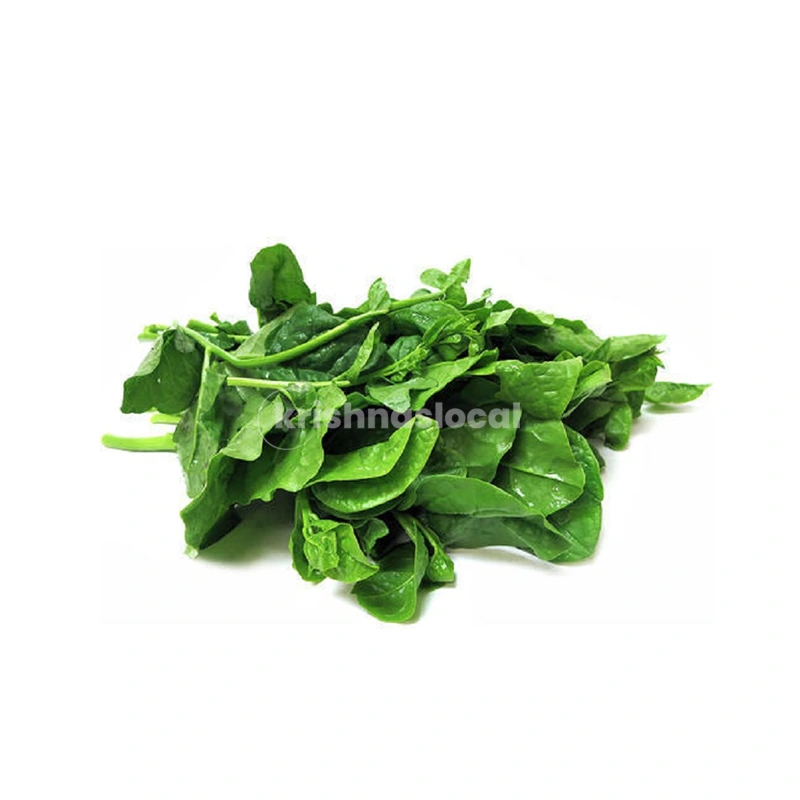Ash plantain 1Kg^
Description
Ash Plantains contain more starch and less sugar than dessert bananas, therefore they are usually cooked or otherwise processed before being eaten. They are always cooked or fried when eaten green. At this stage, the pulp is hard and the peel often so stiff that it has to be cut with a knife to be removed. Since they fruit all year round, ash plantains are a reliable, all-season staple food, particularly in developing countries with inadequate food storage, preservation, and transportation technologies.
Nutrition Facts
For a Serving Size of 100 grams : Calories 181 , Calories from Fat 5
| % DAILY VALUE* | |||||
|---|---|---|---|---|---|
| Total Fat | 0.6 g | 1% | |||
| Sodium | 5.9 mg | 0% | |||
| Potassium | 739 mg | 21% | |||
| Carbohydrates | 47 g | 16% | |||
| Fiber | 3.4 g | 14% | |||
| Sugar | 22 g | ||||
| Protein | 1.9 g | ||||
| Vitamin A | 33% | ||||
| Vitamin C | 45% | ||||
| Calcium | 0.4% | ||||
| Iron | 4.9% |
* The Percent Daily Values are based on a 2,000 calorie diet, so your values may change depending on your calorie needs.
Applications
Ash Plantains are best suited for cooked applications such as frying, boiling, baking, and steaming. They are popularly sliced, pan fried or deep fried, and served with a peanut sauce, with eggs, or stuffed with sweetened beans. They can be steamed and served with grated coconut, and they can also be sliced thin and baked into chips as a snack. Ash Plantains pair well with chickpeas, lentils, black beans, rice, tomatoes, onions, cumin, garlic, and eggs. Ash Plantains will keep for a couple of weeks, depending on maturity, and should be stored at room temperature in a cool place.

